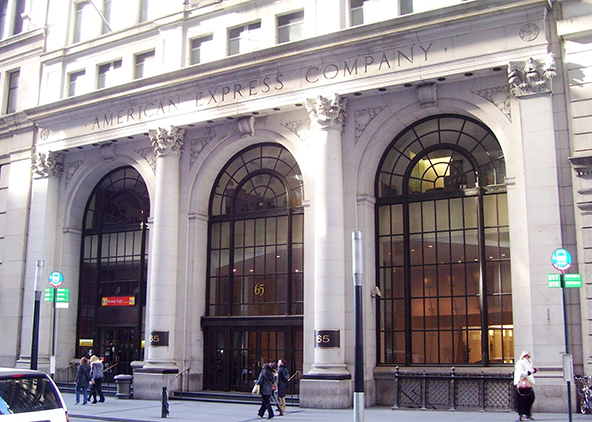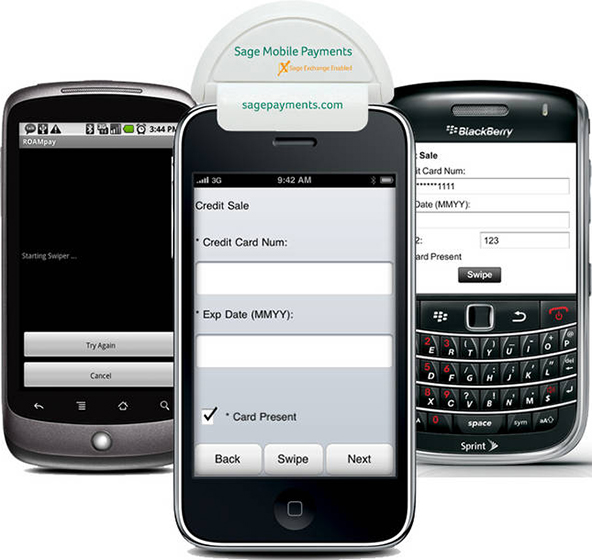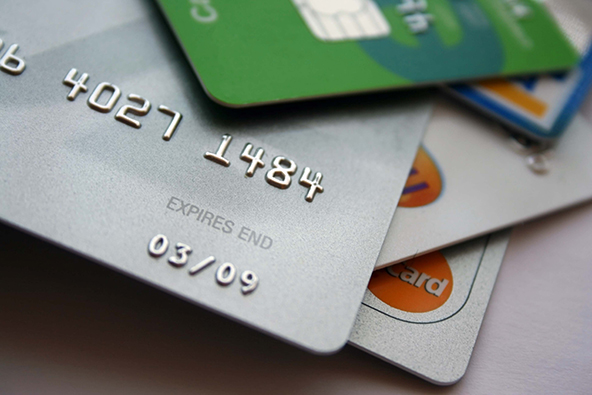American Express Chargeback Process

American Express’ chargeback process is simpler than the one for Visa and MasterCard transactions, because American Express is the only financial institution involved in it. American Express, like smaller rival Discover, is a bank that both issues the cards bearing its logo and provides payment processing services for its cards to merchants.
By contrast, Visa and MasterCard are associations of member banks. The associations neither issue cards, nor contract directly with merchants, their members do. When a transaction is charged back, the resolution process involves the bank that issued the card (the issuer) and the bank that provides credit card processing services to the merchant (the processor, also called an acquirer). If the two banks cannot resolve the dispute, Visa or MasterCard steps in to settle it.
When an American Express cardholder disputes a transaction, the bank first reviews the transaction information it has available in house. Based on this review, AmEx takes one of the following actions:
- Informs the cardholder that the charge is valid.
- Issues an immediate chargeback to the merchant’s account.
- If it cannot resolve the dispute without additional information, American Express sends an inquiry to the merchant. The merchant must respond to the inquiry within 20 days.
Most often, American Express contacts the merchant for additional information regarding the disputed transaction. Such inquiries inform the merchant of the reason why the cardholder is disputing the transaction and list the specific information the merchant needs to provide to support the charge, as well as the date by which the response must be received. If the response is received past the due date, the chargeback will not be reversed.
The merchant’s response to the inquiry can take one of the following forms:
- Issuing a credit to the cardholder’s account or stating the date when the credit was previously issued.
- Authorizing a chargeback.
- Issuing a partial credit and providing supporting documentation of the transaction and reason for the partial credit.
- Supporting the validity of the charge with itemized and / or signed supporting documentation.
The merchant may have the chargeback reversed if it was processed in error. If the charge is substantiated, American Express sends the cardholder an explanation or documentation and closes the inquiry.
If a response is not received within the specified time frame (20 days), or the response does not adequately substantiate the charge, the merchant’s account is debited, credit is applied to the cardholder’s account, and the case is closed. Chargebacks that are issued for insufficient reply or no-reply are not reversed.
A chargeback inquiry can be re-opened if a cardholder provides new or additional information, after American Express has reviewed the supporting documentation, provided by the merchant to the original inquiry, and has decided that the charge is valid. A cause for re-opening an inquiry could be, for example, a claim by the cardholder that the charge is fraudulent. In such cases, the merchant will be asked to provide additional information to support the validity of the transaction.
Image credit: Wikimedia Commons.



We are running a website and made recently a check on our chargebacks.
This was the result:
Visa, Master Amex
Chargeback $1,998.63 $9,071.74
Turn over $733,880.14 $36,383.06
Ratio 0.27% 24.93%
We stopped working with Amex.